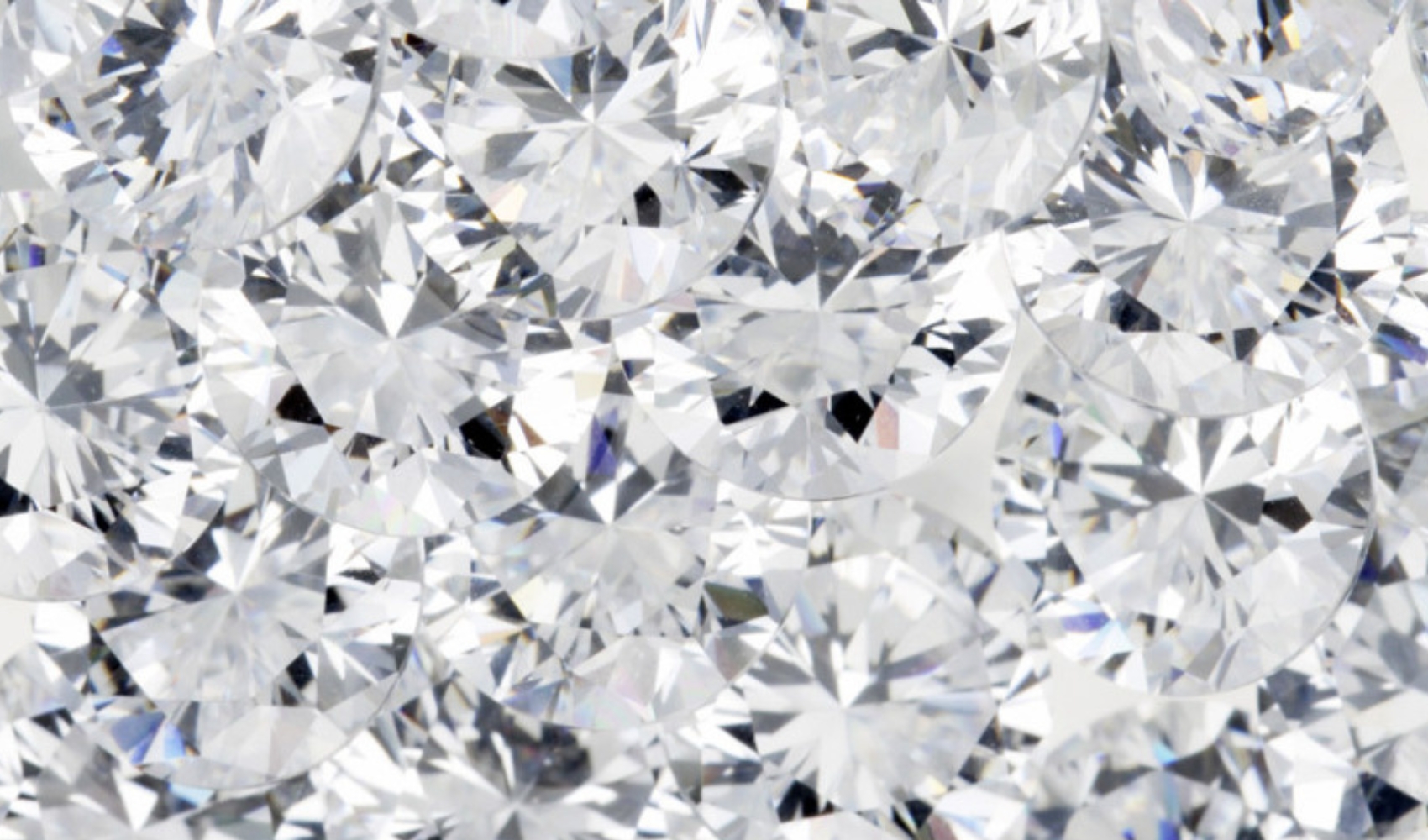In recent years, the diamond industry has faced significant challenges. Key factors affecting the market include sanctions on Russian diamonds, declining consumer demand, and the rising popularity of synthetic gems. These changes have led to a drop in natural diamond prices, forcing major industry players to adapt their business strategies.
How Have Sanctions Affected the Global Diamond Market?
One of the biggest factors driving price fluctuations is the sanctions on Russia’s diamond giant, Alrosa, which controls a significant share of global diamond supply. In 2022, Western countries, including the U.S., the U.K., and the European Union, imposed restrictions on Russian diamond imports, disrupting established supply chains.

Previously, Russia exported a substantial portion of its diamonds to Europe and the U.S., but following the sanctions, these supplies were redirected to Asian markets, including China and India. However, this shift was not seamless—some countries began avoiding Russian diamonds due to geopolitical uncertainty, impacting overall trade volumes.
Declining Consumer Demand
Beyond sanctions, the industry has seen a natural decline in consumer interest. Younger generations are increasingly prioritizing technology, travel, and investments over luxury jewelry.
Inflation has also played a role: in times of economic uncertainty, consumers are less inclined to purchase high-end goods like diamond jewelry. This trend has been especially evident in major consumer markets such as the U.S., China, and Europe, where demand for diamonds fell by 10-15% in 2023 compared to previous years.
The Rise of Synthetic Diamonds
Another major factor in falling diamond prices is the growing dominance of lab-grown diamonds. These synthetic stones are nearly indistinguishable from natural diamonds but come at a significantly lower cost.
In 2021, synthetic diamonds made up around 10% of the global market, but by 2024, this share increased to 20%. Companies such as Diamond Foundry and Pandora have actively promoted lab-grown gems, emphasizing their eco-friendliness and affordability.
This trend is especially popular among younger consumers, who prioritize ethical sourcing and sustainability. As a result, major diamond corporations are losing market control that they once held unchallenged.
How Are Leading Diamond Companies Responding?
Major diamond producers like De Beers and Alrosa have been forced to adapt. Some of the key strategies they have implemented include:
- Lowering diamond prices. In 2023, De Beers announced a 10% price reduction for rough diamonds to stimulate demand.
- Developing investment platforms. Some companies have introduced digital trading platforms, allowing investors to profit from diamond price fluctuations.
- Focusing on exclusivity. Jewelry manufacturers are emphasizing unique stones and high-end collections to maintain the premium appeal of natural diamonds.
What’s Next for the Diamond Market?
Experts predict that continued demand for synthetic diamonds and ongoing geopolitical instability could lead to further declines in natural diamond prices. However, the industry is adapting—companies are exploring new business models, investing in digital platforms, and refining their marketing strategies.
Ultimately, the future of the diamond industry will depend on how well traditional players can compete with emerging trends and technologies.
